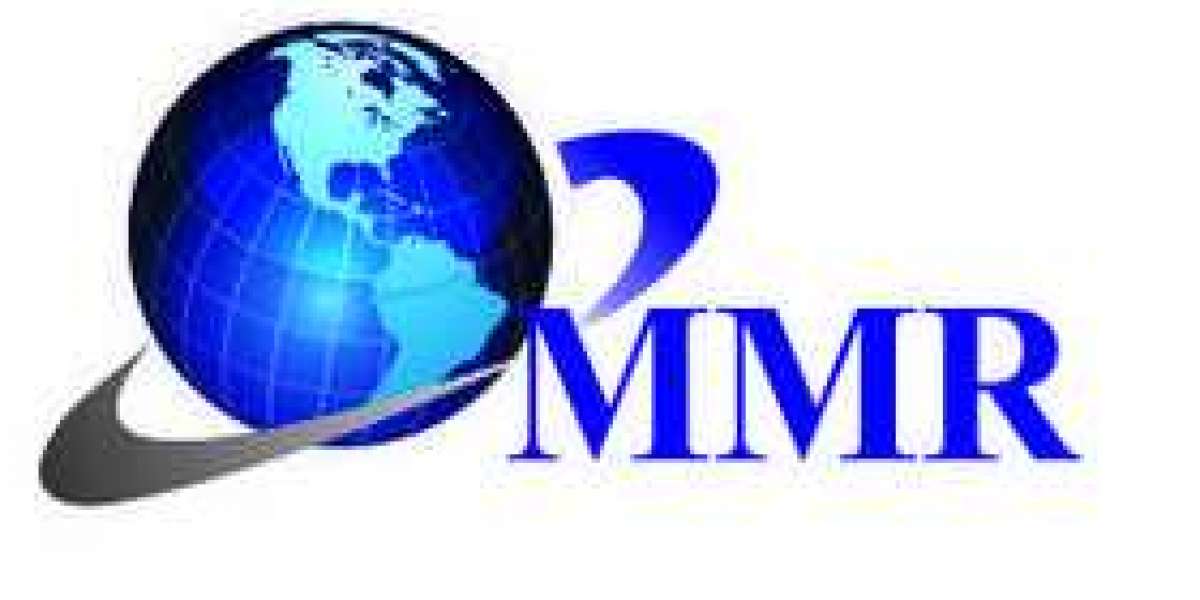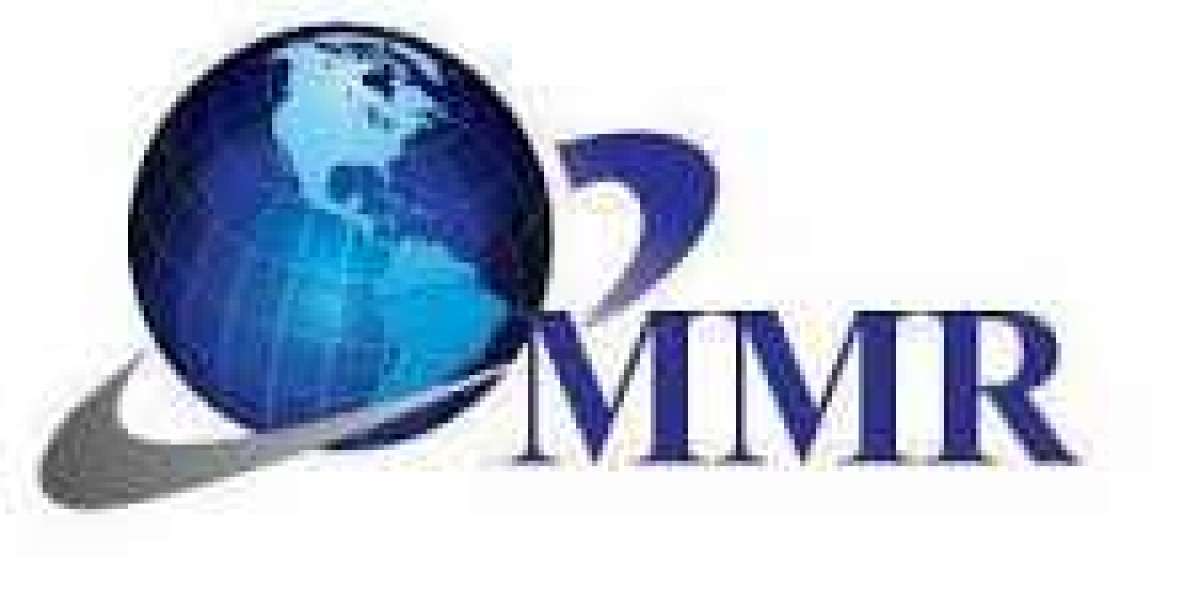Market Overview
The Synthetic Fiber Market 2020 is projected to thrive at a rate of 7.25% from 2018 to 2023 (review period). We will provide COVID-19 impact analysis with the report, along with all the extensive key developments in the market post the coronavirus disease outbreak.
Key Players
Key players profiled in this market include Lenzing AG (Austria), Toyobo Co. Ltd (Japan), Bombay Dyeing Inc. (India), Reliance Industries Limited (India), Toray Chemical Korea, Inc. (South Korea), TEIJIN LIMITED (Japan), China Petrochemical Corporation (China), Mitsubishi Chemical Corporation (Japan), DuPont (US), and Indorama Corporation (Thailand).
COVID-19 Impact on the Synthetic Fibers Market
The COVID-19 outbreak and the subsequent lockdown have brought the manufacturing activities to a halt, severely impacting the supply of various types of synthetic fibers. The novel coronavirus has caused a significant revenue loss in the global market, with the demand for synthetic fibers such as polyester weakening rapidly, which is a huge challenge for the players in the global industry. Plunging costs and the soaring inventory burden have also been other challenges brought on by the pandemic. In view of the surging SARS-CoV-2 cases and the lockdown still in place across countries, many of the vendors are finding it tough to restart their the production, in line with the considerable inventory burden, slower recovery rate of the downstream plants, lack of accessories and constrained logistics.
Digitalization, evolving fashion trends and the rising adoption of automation and robotics has emerged as a huge respite for the synthetic fibers manufacturers, ensuring a smoother run for the global market in the ensuing years.
Key Drivers and Barriers
Synthetic fibers are known for their high elasticity, strength, washability, softness, lightweight and cost-effectiveness coupled with a few unique properties including crease recovery, wrinkle resistance, high luster and moisture resistance. These special characteristics have bolstered the demand for these fibers in several applications such as home furnishing, net manufacturing, filtration, automotive, clothing, construction, different rope types, and toys.
considerable growth of the clothing market across the globe, especially due to the surge in the e-commerce sector has been quite favorable for the synthetic fibers market. Clothing manufacturers are increasingly focused on offering attractive and high value products to attract more customers and the boost their sales. These efforts by the clothing companies can play a significant role in the market growth over the review period.
Rising interest in home furnishings among consumers has spurred the market growth as well, with the increasing use of synthetic fibers Market in the manufacturing of blankets, bed linen, soft home furnishings, upholstery, carpets, wall coverings, and more. The burgeoning real estate industry has been a key reason behind the increased consumer interest in home furnishings. The growing prevalence of retail stores has also resulted in a higher focus on home furnishings and has ultimately boosted the demand for synthetic fibers. Other growth rendering factors can be the expanding worldwide population, and the significant urbanization rate leaving a favorable implication on the home furnishings segment and thus, on the synthetic fibers market.
Market Segmentation
MRFR’s extensive study of the global market outlines a few key segments, namely type and application.
The primary types of synthetic fibers in the market are acrylic, polyester, polyolefin, nylon, and others. The polyester segment took the lead with the biggest share of more than 67% in 2017, and can remain extremely lucrative owing to the high demand for high-performance and affordable fiber in home furnishing and clothing. The second place belongs to the nylon segment, which is also likely to procure a healthy growth in the years to come as this synthetic fiber is increasingly being used in manufacturing of various products like tire cords, tents, hoses, tarpaulins, nets, monofilament fishing lines, conveyor belts, parachutes and seatbelts.
Filtration, clothing, automotive, home furnishing, and others are the key application areas of synthetic fibers. Out of these, synthetic fibers’ highest applications are in the clothing sector. The clothing segment had touched USD 45,102.7 Mn in the year 2017 and could project decent growth over the years ahead, in view of the expanding e-commerce sector and the rising spending by consumers on high-end and premium clothing.
Regional Study
The global market can be regionally dissected with respect to Europe, North America, Asia Pacific (APAC), South America as well as the Middle East Africa (MEA).
APAC is anticipated to be at the forefront of the global market. APAC’s share in the global market came close to 58% in 2017 and is all set to cross the valuation of USD 87,800 Mn by 2023. Fast emerging countries like India, South Korea, Taiwan and China are characterized by the rapid economic development, burgeoning population and improving living standards that are giving a boost to various industries. Therefore, Synthetic Fibers Market Size are observing a strong demand in applications such as home furnishing, clothing, filtration and automotive.
North America accommodates a lucrative market for automotive, home furnishing and clothing sector, which have emerged as the prime end-users for synthetic fibers. The increase in infrastructural activities in the United States and the resultant surge in home furnishings are responsible for the massive product demand in the region. The thriving sports industry in the region has also bolstered the adoption of synthetic fibers, especially for polyester staple fibers, which are not only hi-tech in nature but have antimicrobial properties that provide extra layers of protection against infections and bad odor.
Affluent Companies
Some of the highly affluent vendors in the global industry are Indorama Corporation, Toyobo Co. Ltd, Teijin Limited, DowDuPont, China Petrochemical Corporation, Toray Chemical Korea, Inc., Mitsubishi Chemical Holdings Corporation, Lenzing AG, Bombay Dyeing Inc., Reliance Industries Limited, and more.
About Market Research Future:
At Market Research Future (MRFR), we enable our customers to unravel the complexity of various industries through our Cooked Research Report (CRR), Half-Cooked Research Reports (HCRR), Raw Research Reports (3R), Continuous-Feed Research (CFR), and Market Research Consulting Edibles.
MRFR team have supreme objective to provide the optimum quality market research and intelligence services to our clients. Our market research studies by products, services, technologies, applications, end users, and market players for global, regional, and country level market segments, enable our clients to see more, know more, and do more, which help to answer all their most important questions.
In order to stay updated with technology and work process of the industry, MRFR often plans conducts meet with the industry experts and industrial visits for its research analyst members.
Contact US:
Wantstats Research and Media Private Limited,
99 Hudson Street,5Th Floor,
New York, New York 10013,
United States of America








